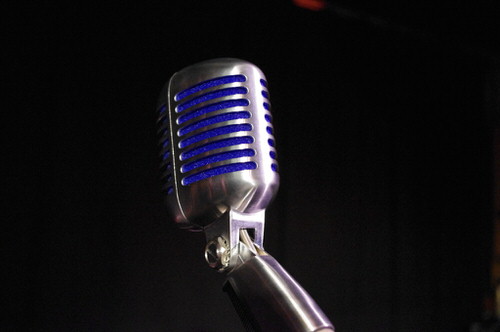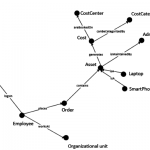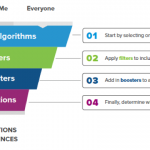MIT-led group uses machines to fix vocal problems
MIT-led group uses machines to fix vocal problems

An MIT and Massachusetts General Hospital group believes that machine learning can play a role in better understanding speech disorders and correcting vocal issues.
The team recently described using a wearable gadget to gather accelerometer data to determine differences in people with Muscle Tension Dysphonia (MTD) compared to a control group. The individuals with MTD were then given therapy to treat their condition, and their behaviors seemed to almost match that of the control group after treatment.
See Also: New mental health technology tells your doctor what you won’t
The group explaining the project stated, “We believe this approach could help detect disorders that are exacerbated by vocal misuse, and help to empirically measure the impact of voice therapy. Our long-term goal is for such a system to be used to alert patients when they are using their voices in ways that could lead to problems.”
In order to try and understand just when vocal issues were occurring, and the parallels between misuse and accelerometer data, the group used unsupervised learning.
“People with vocal disorders aren’t always misusing their voices, and people without disorders also occasionally misuse their voices. The difficult task here was to build a learning algorithm that can determine what sort of vocal cord movements are prominent in subjects with a disorder,” the team explained.
How MIT performed the study
Participants were divided into two groups based on whether they had a voice problem or not. The two groups then carried on with their lives as normal, while they wore a wearable accelerometer device to record the motion of their vocal folds.
The information was then carefully studied, with over 110 million glottal pulses recorded during the test period. There was a major difference in the clustering of these pulses between the two groups, but this variant was shown to disappear after the voice disorder group received therapy for their condition. This was the first study to use machines to provide evidence of how voice therapy can impact a patient positively.
The team stated, “When a patient comes in for therapy, you might only be able to analyze their voice for 20 or 30 minutes to see what they’re doing incorrectly and have them practice better techniques. As soon as they leave, we don’t really know how well they’re doing, and so it’s exciting to think that we could eventually give patients wearable devices that use round-the-clock data to provide more immediate feedback.”
The team is already looking towards the future, hoping to develop this approach in a way that can help to diagnose specific disorders and possibly provide better insight into how disorders work.
One idea is that this could be done using a smartphone app that offers biofeedback to assist patients in controlling their conditions and living a life that’s conducive to healthier vocals.
The post MIT-led group uses machines to fix vocal problems appeared first on ReadWrite.
(9)













